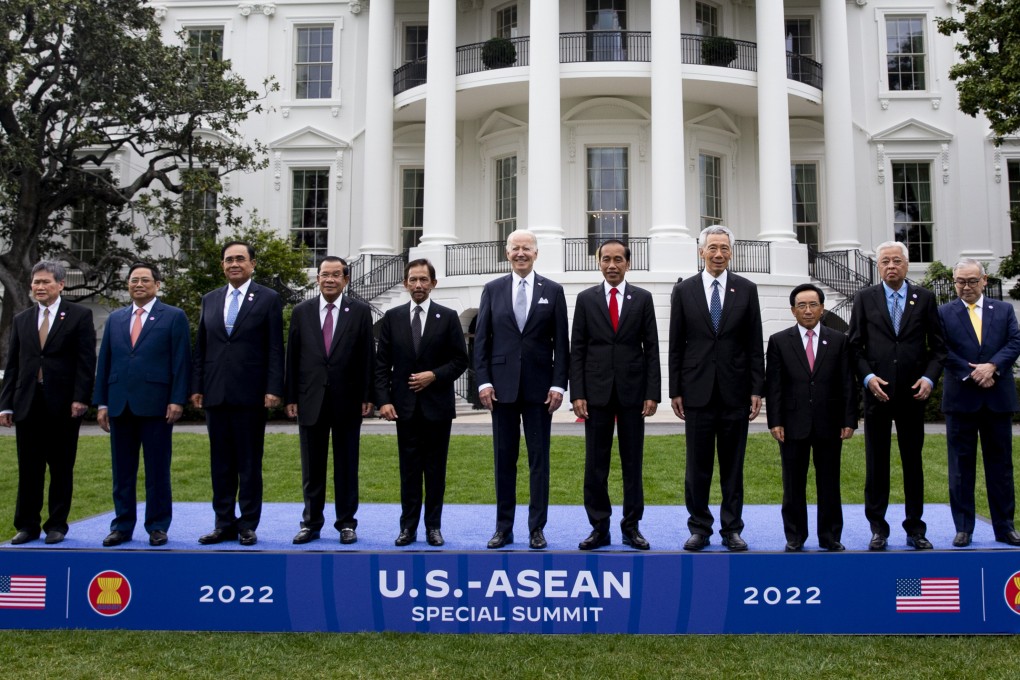Advertisement
Opinion | US must accept Southeast Asia wants China to play a central Indo-Pacific role
- Insisting on a ‘with us or against us’ world view will leave Washington out of step with an Indo-Pacific eager for Chinese involvement and cooperation instead of confrontation
Reading Time:3 minutes
Why you can trust SCMP
30

Many countries in the Indo-Pacific are reluctant to pick sides in the increasingly bitter US-China rivalry. Unless Washington accepts this, it could find itself out of sync with an Asia ready to work alongside a rising China.
Advertisement
Even as Russia wages war against the free world, the United States still sees China as the greatest challenger to its global leadership. Washington is determined to contain this threat at Beijing’s doorstep – that is, in the Indo-Pacific.
Last month, in his first trip to Asia, President Joe Biden said the US would defend Taiwan militarily. This once again muddled the long-standing US policy of “strategic ambiguity” on the Taiwan question.
The main point of Biden’s agenda in Tokyo was to unveil the Indo-Pacific Economic Framework (IPEF). For Southeast Asians who have long felt unease with the US’ Indo-Pacific strategy, the IPEF is a welcome change. In a show of support, seven Southeast Asian states signed on as founding members.
But without access to the US market, it is questionable whether Washington has brought enough to the table. Some are doubtful whether the framework will survive the Biden presidency. The overriding concern, however, is the exclusion of China.
Advertisement
Soon after returning from Tokyo, Secretary of State Antony Blinken presented his much-anticipated speech on China, depicting it as posing “the most serious long-term challenge to the international order”.

Advertisement
